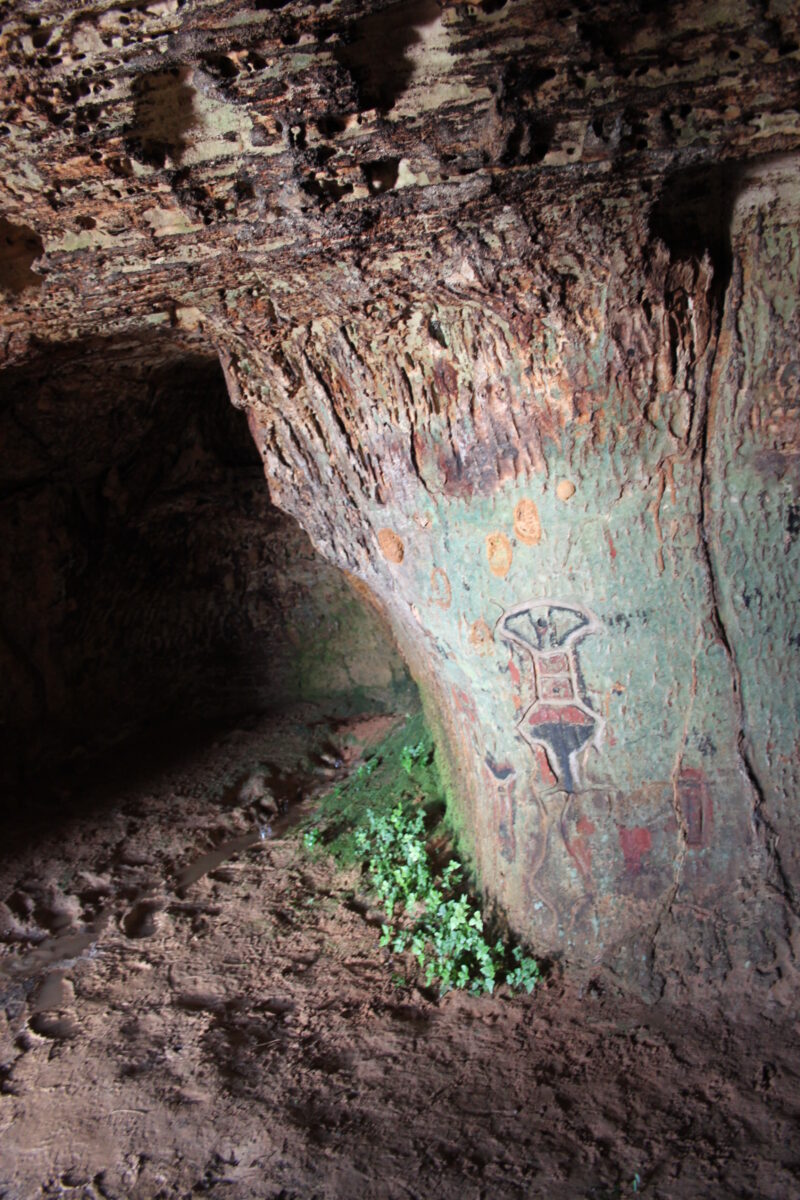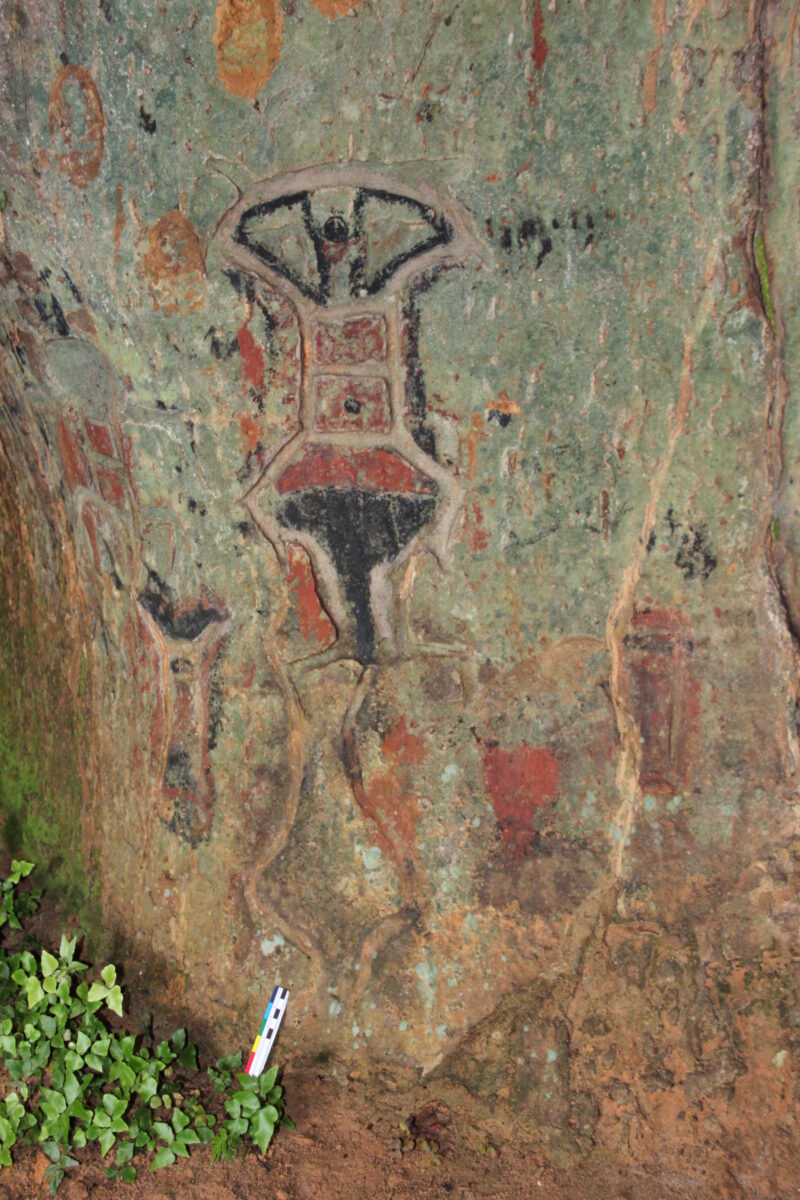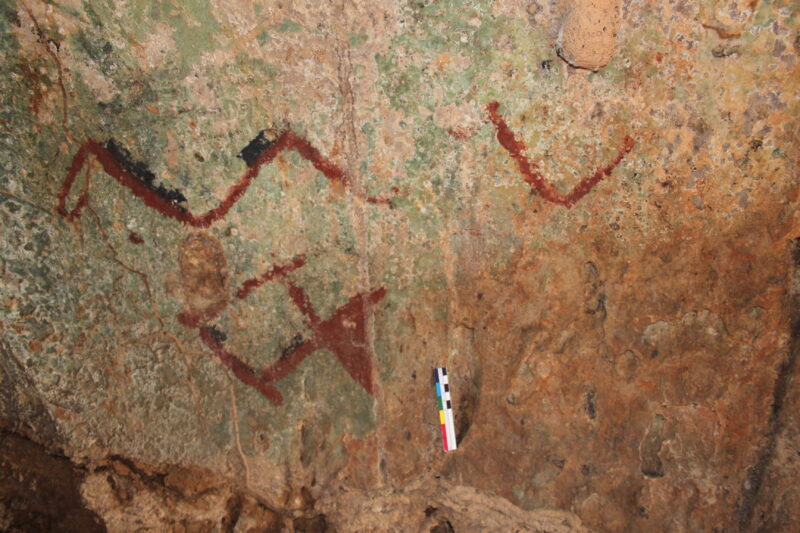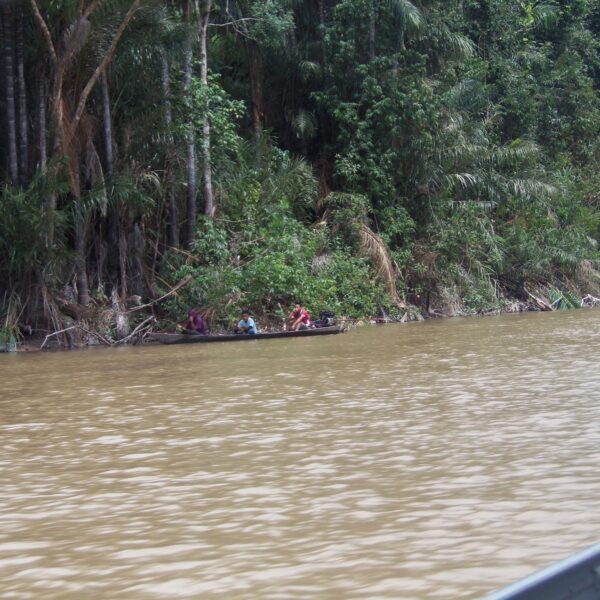Under the Shelter: Archaeology in the Caves of Ruropolis, Amazonia, Brazil
The Brazilian and Guiana shields are formed mainly by Archean metamorphic and granitic rocks, while the Amazon Basin is made of sedimentary rock. This means that non-carbonatic formations are more commonly found, and these are less susceptible to the geomorphological processes that form caves. For example, rocks such as limestone or chalk tend to lead to the development of cavities during their decomposition processes. By contrast, non-carbon rich formations create landscapes where caves and shelters are absent.
An exception to this overall picture lies in the municipality of Rurópolis in the state of Pará, which contains 56 registered caves. Of these, 55 are sandstone. The other cave, which is called Caverna Paraíso, has been described as the most impressive, as well as only, limestone cave in the Amazon. I am also interested in the Caverna das Mãos (Cave of the Hands), where there are rock paintings in a dark zone that is approximately 350 metres from its entrance. Paintings in dark zones are rare occurrences, meaning Rurópolis is a unique area for this kind of research.

Rock painting in cave 110, photo by Vinicius Honorato

Rock engraving and painting in cave 110, photo by Vinicius Honorato

Rock engraving and painting in cave 110, photo by Vinicius Honorato
In 2014, I became a member of the team working on a project entitled, “Rock art and archaeological context in the caves of Rurópolis, Pará,” coordinated by the archaeologist Edithe Pereira (Museu Paraense Emílio Goeldi) and sponsored by the Brazilian Research Council, CNPq. We conducted an excavation at Cave 110, which contains rock paintings and engravings. This represents the sole archaeological endeavour undertaken in the caves of Rurópolis to date. Five radiocarbon dates obtained for this site point to events involving fire, which date back from between 8,100 and 6,800 years ago. No archaeological artefacts were unearthed from the excavated test pit, but charcoal in the earliest layers may be an indicator of human presence in the cave. We have tentatively suggested that the cave’s use was related to ritual activities. We cannot confidently associate the cave art with any of the dates, but we know the paintings are at least 2,2000 years old, since the charcoal found in this layer covered part of the paintings.

View of some of the caves and shelters of Ruropolis, including cave 110 and the Barboleta cave, photo by Vinicius Honorato
During this project we will return to Rurópolis to continue conducting targeted cave surveys and excavations in order to better gauge the archaeological potential of the area and to explore some of the issues touched on above. Following an initial assessment, we will retrieve samples through surface collections and 1×1 metre test-pit excavations. This will enable us to collect material culture and charcoal so that we can further our cultural and chronological understanding of the area.
